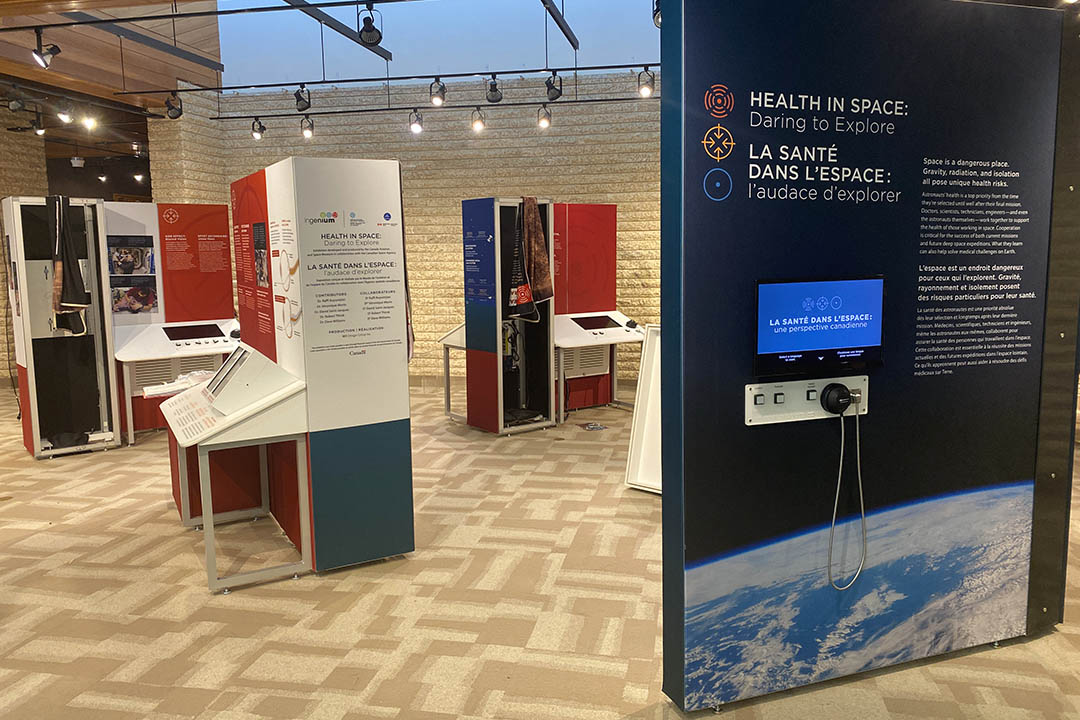This a special exhibition was developed by the Canada Aviation and Space Museum, one of three museums under Ingenium, Canada’s Museums of Science and Innovation in collaboration with the Canadian Space Agency.
“Ingenium is proud to present ‘Health in Space,’ which demystifies a very complex aspect of space exploration, celebrate Canada’s contributions in this field,” said Christina Tessier, president and CEO of Ingenium, Canada’s Museums of Science and Innovation.
The exhibit dives deep into the significant challenges faced by astronauts living and working in space, including variable gravity, radiation, and isolation. With vivid artifacts and captivating interactive activities, visitors will get to experience a unique journey into space science and understand Canada’s role in advancing health research.
“Health in Space is an interactive exhibit that offers a great opportunity to educate and inspire our community about the latest technological advancements in space exploration,” said Helanna Gessner, DCC’s curatorial, collections, and exhibits manager. “We are excited to host this exhibit throughout the summer.”
The DCC officially launched its new exhibit to the public with a grand opening on June 7 and continues to operate on an admission-by-donation structure. An exciting lineup of distinguished guest speakers, including Dr. Veronica McKinney (MD), director of Northern Medical Services, and Dr. Gordon Sarty (PhD), USask professor, highlighted the importance of advancing remote presence technology and shared their research on the space Magnetic Resonance Imaging (MRI) lab. Additionally, Kierstin Anderson and Corey Crawford with the USask Space Design Team shared information on some current and future projects, such as RADSAT-SK, Saskatchewan’s first satellite to be launched into space.
Together we will create inspired places for people to address the challenges of the future. We invite you to join by supporting visionary spaces at USask.
